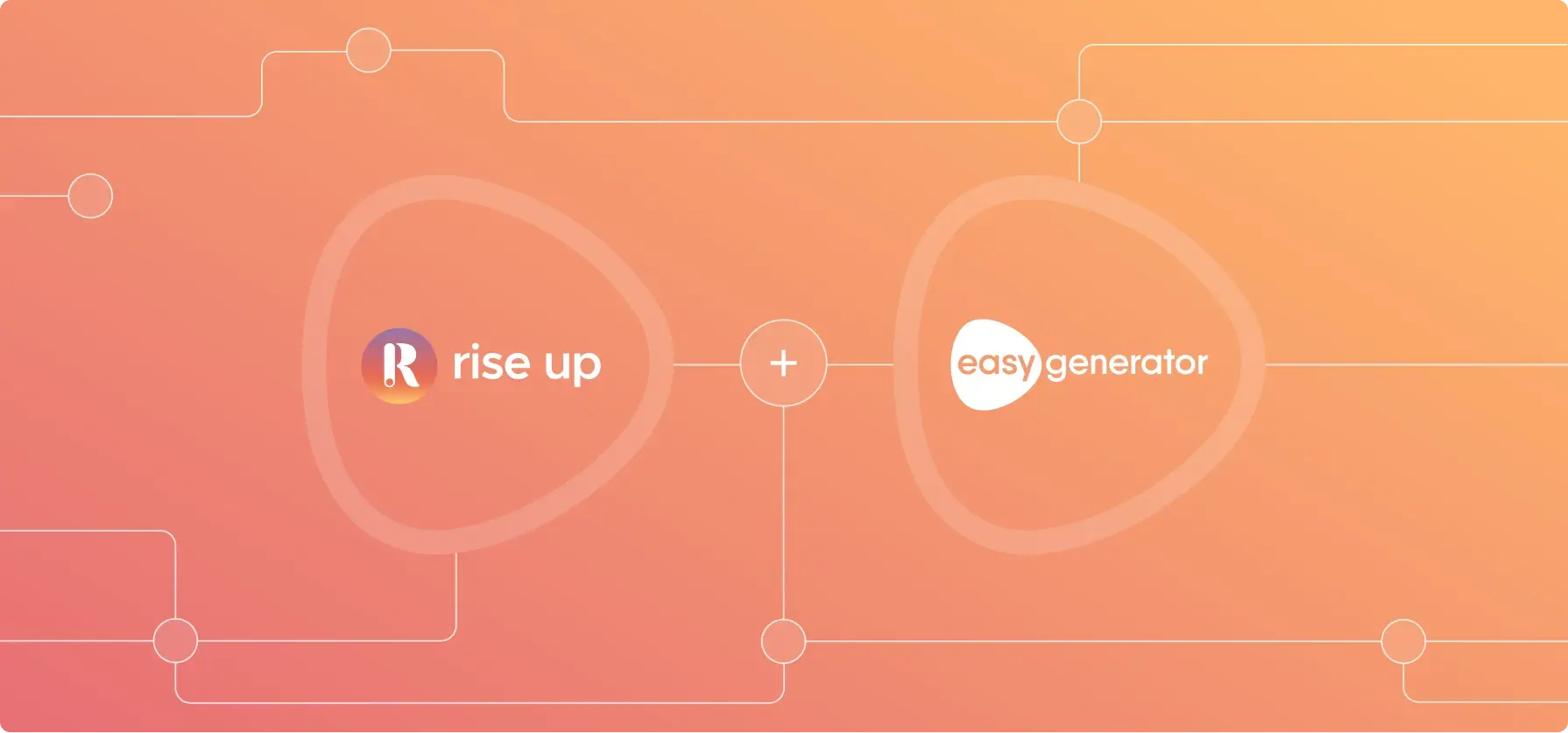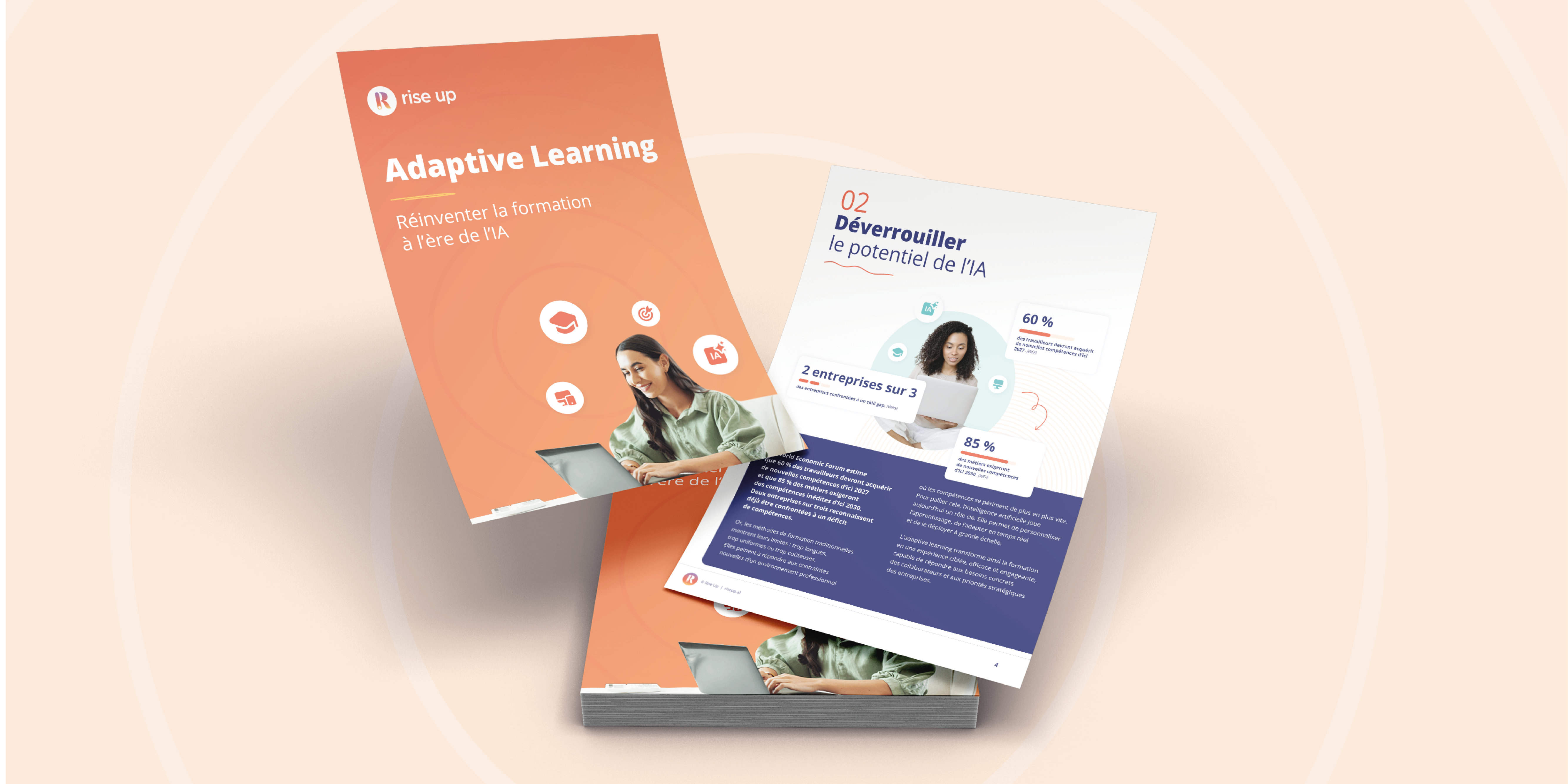3 tips for effectively setting up an AFEST
3 minutes of reading | 2020-02-11
The training action in work situations, AFEST, is the new subject to be taken into account in 2019. Blended Learning is perfectly adapted to this obligation. Objective, involvement and autonomy are our key words.

Officially recognised as a fully-fledged learning modality thanks to the training reform since 1 January 2019, on-the-job training is increasingly used in companies. But in fact, what is it concretely about and why use it?
You have not escaped it, training is now at the heart of concerns in companies, whatever their size. The constant evolution of tools and skills required for this or that position means that employees have to constantly train themselves by developing their knowledge and practice.
There are now several ways for an employee to train: remotely, in the presence of a trainer during a seminar, or even...in a work situation.
The purpose of such a format is twofold: to increase efficiency and to benefit from cost savings.
An AFEST is more efficient since the learner directly assimilates each theoretical data with a practical situation of his own.
Why does on-the-job training increase the effectiveness of training?
AFEST is based on a simple principle: the training alternates theoretical learning sequences and direct role-playing situations. This allows the learner to anchor what he has just learned much more quickly since he will be able to put it into practice immediately.
In more traditional training, the practical application sequences are not always adapted to the context in which the employee works on a daily basis. Once the training is over, the employee will need time to adapt. This will allow him to make the link between his learning and his missions.
An AFEST is more effective because the learner directly assimilates each theoretical fact with a practical situation that is specific to him. They finally learn at the same time as they put into practice.

3 tips for effectively setting up an AFEST
Define a clear pedagogical objective
It will be repeated over and over again... Training, whatever its form and duration, must be prepared in advance.
Start by defining the roles of each person involved in this training: Who are the learner(s)? Who is the trainer or the person in charge of leading the sessions?
Then you can define what the objective of this training is, and whether AFEST is really the most appropriate format for it. This could be, for example, to master a software program at an intermediate level.
Having a precise vision of where you are going allows you to motivate the learner because he knows precisely what he will gain in terms of skills at the end of his training and therefore, why he is training!
Involve the manager throughout the training course
Even if the manager is not necessarily in charge of training, it is important that he or she can follow its evolution.
First of all, upstream, by evaluating his existing skills, his gaps and his needs.
Then, at regular intervals in order to follow the course at the same time and feel more involved.
Finally, a final evaluation will take place at the end of the training. This is an opportunity for the employee and the manager to come back together on the essential questions: has the objective been achieved? What were the difficulties encountered?
Give the learner autonomy
The trainer, or referent in charge of the learner, should not be constantly "on the back" of the learner. The latter needs to be autonomous during certain phases of his training, where the trainer will play the role of observer.
If learning is partly achieved through social interaction, the learner still needs to be able to deceive himself, start over and not be constantly helped. The ideal is to find the right balance between follow-up and autonomy.




